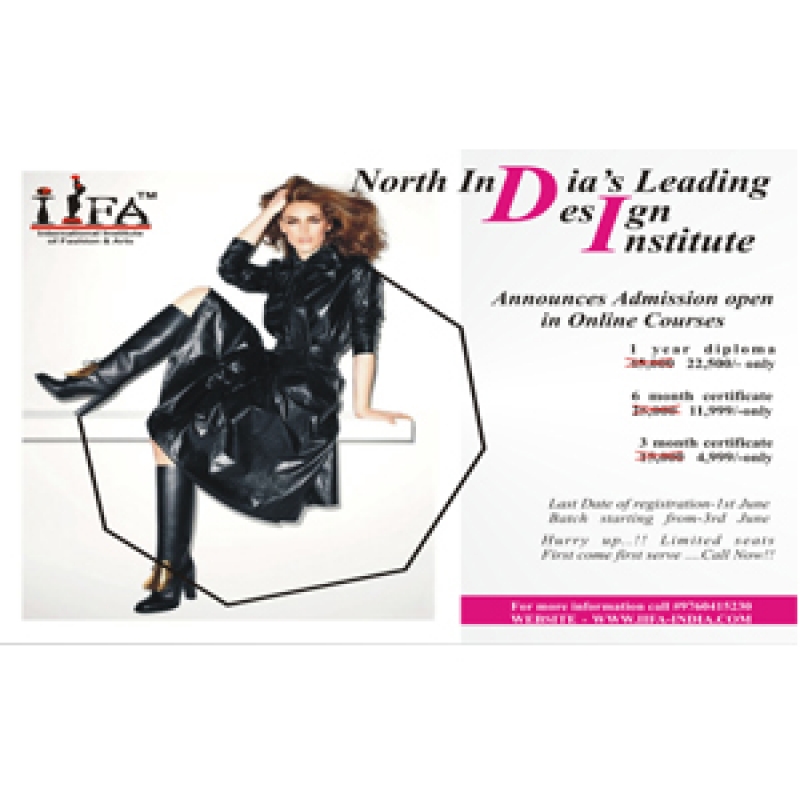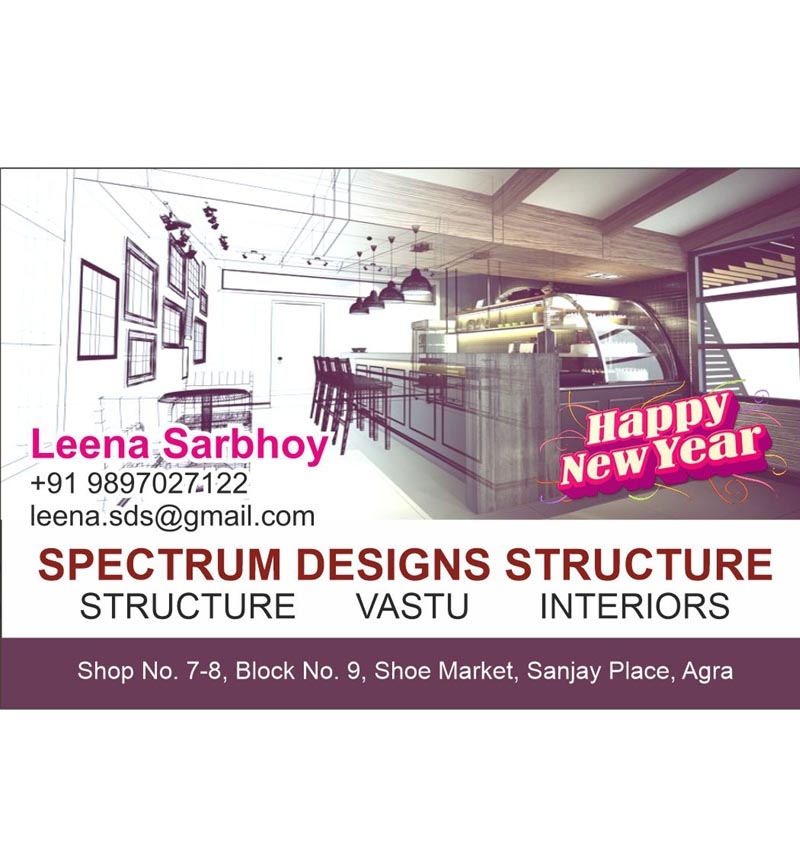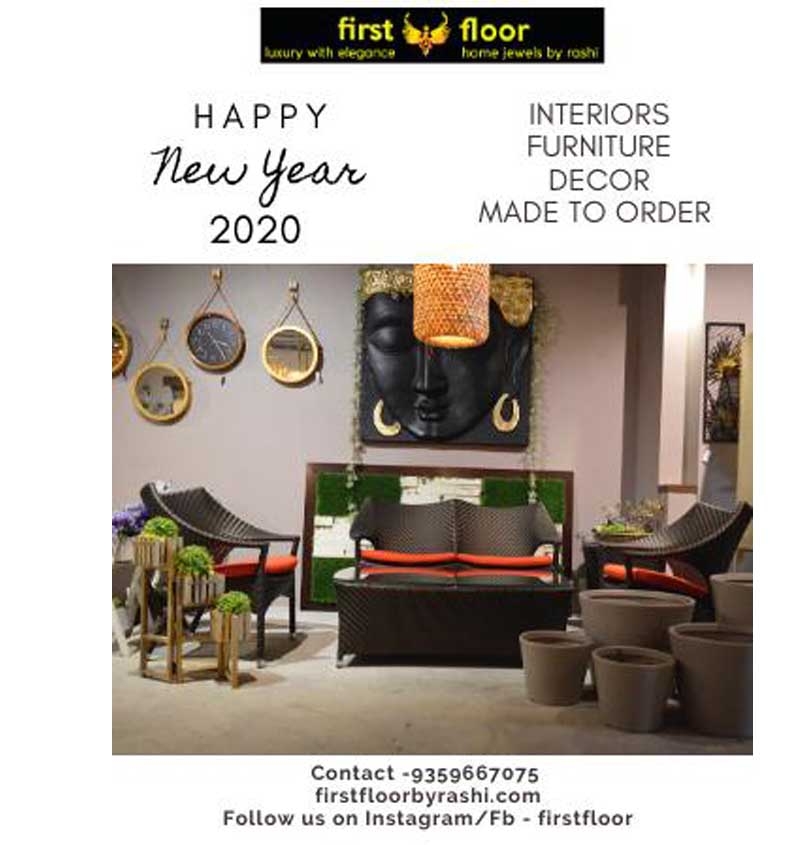1. The Role of Lighting in Interior Design
Lighting plays both a functional and aesthetic role in interiors. At its most basic level, it provides visibility and ensures safety. But more than that, lighting defines zones, enhances materials, creates ambiance, and even impacts our emotions.
The three main types of lighting used in interiors are:
-
Ambient lighting: General, overall illumination (e.g., ceiling fixtures, recessed lighting)
-
Task lighting: Focused light for specific activities like reading or cooking (e.g., desk lamps, under-cabinet lights)
-
Accent lighting: Used to highlight features such as artwork or architectural elements (e.g., wall sconces, track lights)
A well-designed space typically includes a mix of all three, often referred to as layered lighting.
2. Natural vs. Artificial Light
Natural Light:
Sunlight enhances colors, creates dynamic shadows, and supports our circadian rhythms. Designers often consider window placement, the direction of light, and how it changes throughout the day.
Artificial Light:
Available in different color temperatures and intensities, artificial light fills in where natural light can’t reach. It allows total control over the atmosphere, even after the sun sets.
3. Lighting and Mood
Lighting has a direct psychological impact. Soft, warm lighting (like from table lamps or candles) feels cozy and inviting, perfect for living rooms and bedrooms. Bright, cool lighting boosts focus and energy, making it ideal for offices or kitchens.
Color temperature is measured in Kelvins (K):
-
Warm (2,000K–3,000K): Yellowish light, ideal for relaxation
-
Neutral (3,500K–4,500K): Balanced white, good for general use
-
Cool (5,000K–6,500K): Bluish light, mimics daylight, good for workspaces
4. Types of Light Fixtures
There’s a huge variety of fixtures, each with its own form and function:
-
Chandeliers: Decorative, dramatic focal points
-
Pendants: Stylish and versatile, great for dining areas or kitchens
-
Recessed lights: Minimal and clean, often used in modern interiors
-
Wall sconces: Add softness and depth to a room
-
Floor and table lamps: Add personality and mobility
Smart lighting systems are also growing in popularity, offering control over brightness, color, and timing with just a phone or voice command.
5. Lighting and Space Perception
Lighting can influence how large or small a space feels. Well-lit rooms appear bigger and more open. Strategic lighting can emphasize high ceilings, long corridors, or artwork. Conversely, dim lighting can make a space feel intimate and enclosed.
Pro tip: Use mirrors to reflect light and make a space feel larger and brighter.
6. Energy Efficiency and Sustainability
Modern interior design also takes energy use into account. LED bulbs have become the gold standard for their long life, low energy consumption, and flexibility in color temperature. Designers also consider daylight harvesting—maximizing natural light to reduce electricity use.
Conclusion
Lighting is not just about utility—it's about atmosphere, functionality, and beauty. A well-lit interior supports the needs of its occupants while elevating the design. Whether you’re redesigning a home, planning a commercial space, or setting up a cozy reading nook, thoughtful lighting can make all the difference.



















Your Message